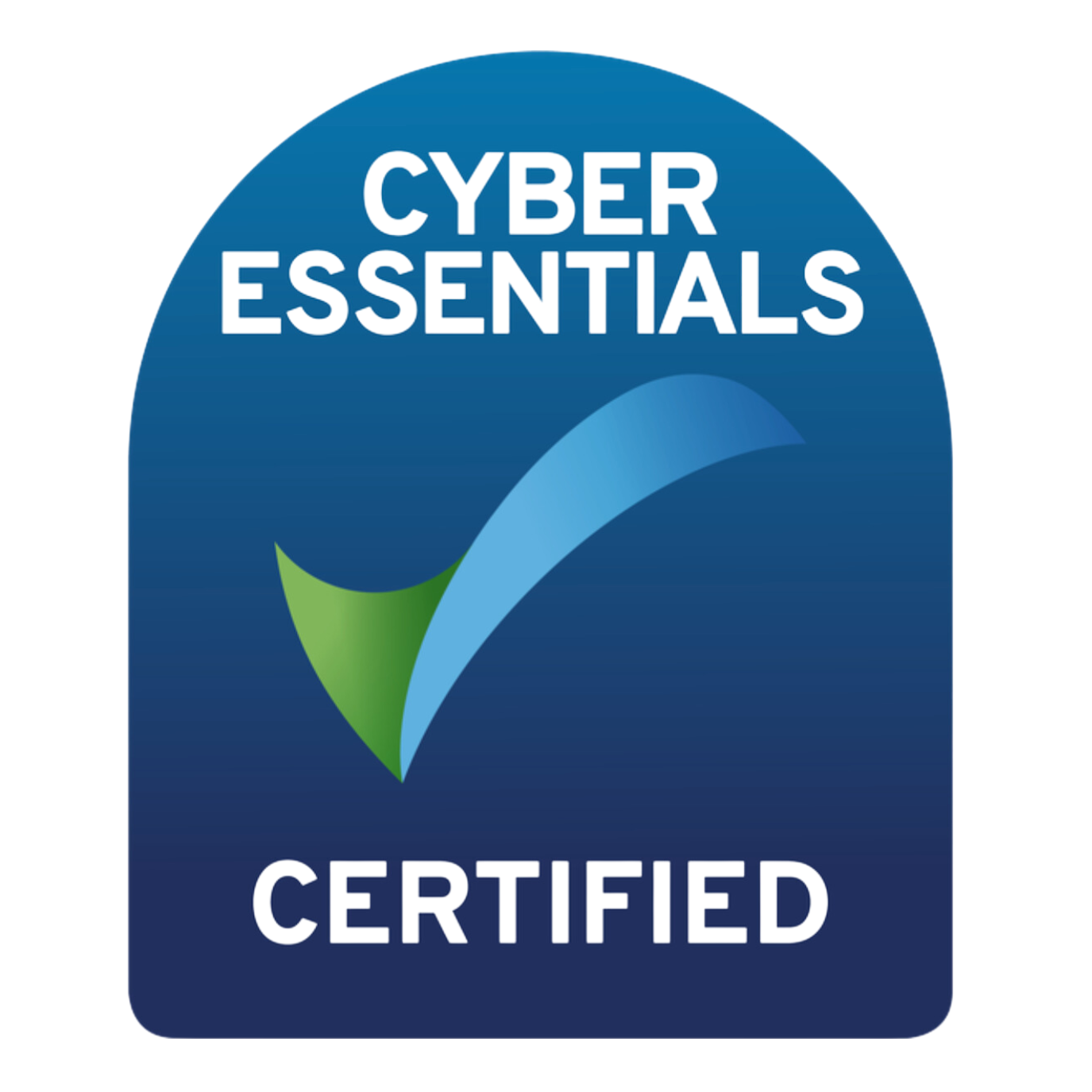Why Companies Need to Prioritise OT Security: An Introduction
Operational Technology (OT) systems are the invisible hands that manage the physical operations of industries that keep our world running smoothly.
Section 1: The Rise of OT in Industry
OT systems have become integral to critical infrastructure sectors, such as energy, manufacturing, transportation, and more. As industries strive for greater efficiency and automation, the reliance on OT systems has grown exponentially. Picture a modern car factory with robots assembling vehicles with precision or an energy company using sensors to optimise electricity flow. These are all examples of OT at work.
The numbers tell the story: the global industrial control systems (ICS) market, encompassing OT, is set to grow from $168.5 billion in 2020 to $216.3 billion by 2027. This growth is driven by the need to boost productivity, reduce costs, and improve safety. However, this increased reliance also means more points of vulnerability.
Understanding the Difference Between IT and OT Security
At first glance, IT and OT security might seem similar—they both deal with protecting systems and data. However, their focus areas are quite different. IT security prioritises the confidentiality, integrity, and availability of data. In contrast, OT security is all about the safety and reliability of physical processes. For example, a breach in an IT system might lead to stolen data, while a breach in an OT system could cause a power plant to shut down or a chemical spill in a manufacturing facility.
OT systems often use legacy equipment and software that may not be designed to handle modern cyber threats. Moreover, the priority in OT environments is often to keep systems running at all costs, which can lead to delayed security updates and patches, making them more susceptible to attacks.
Section 2: The Current Threat Landscape
The threat landscape for OT systems is becoming more complex and dangerous. Cybercriminals are increasingly targeting these systems, knowing that a successful attack can have devastating consequences. Here are some of the common threats facing OT systems today:
- Ransomware: Attackers use this type of malware to encrypt data or lock systems, demanding payment for the release of control. The Colonial Pipeline attack is a prime example, where operations were halted until a ransom was paid.
- Malware: Malicious software that infiltrates systems to disrupt, damage, or gain unauthorised access. Malware can be used to sabotage equipment, steal sensitive information, or spy on operations.
- Insider Threats: Not all threats come from outside. Employees or contractors with access to OT systems might intentionally or unintentionally cause security breaches. For instance, disgruntled employees might sabotage operations, or employees might inadvertently introduce malware by connecting infected devices to the network.
The statistics are alarming. A 2022 survey found that 64% of organisations experienced at least one OT security breach, illustrating how prevalent these threats have become. High-profile cases, such as the Stuxnet worm, which targeted Iran’s nuclear program, and the Triton malware, which aimed to disable safety systems in industrial plants, demonstrate the significant risks involved.
Section 3: Consequences of OT Security Breaches
The consequences of a successful OT security breach can be wide-ranging and severe. Here’s what can happen:
- Financial Losses: Direct costs from a breach can include ransom payments, lost revenue from downtime, and the expense of repairing damaged systems. The Colonial Pipeline attack, for example, led to a $4.4 million ransom payment, not to mention the indirect costs associated with reputational damage and loss of customer trust.
- Production Downtime: Halting production can have a domino effect on the supply chain. In industries where just-in-time manufacturing is critical, even a short disruption can lead to significant delays and losses. Imagine an automobile plant that halts production for just a day—the financial implications could be massive.
- Safety Risks: Perhaps the most critical concern is safety. In industries such as chemicals, energy, and manufacturing, OT systems are responsible for maintaining safe operating conditions. A breach could lead to dangerous situations, such as leaks, explosions, or exposure to hazardous materials, posing risks to employees and surrounding communities.
Moreover, failing to secure OT systems can have legal and regulatory consequences. Many industries are subject to strict regulations regarding operational safety and security. A breach could lead to fines, legal action, and a loss of operating licenses.
Section 4: Why Companies Are Lagging Behind in OT Security
Despite the clear and present dangers, many companies have not yet prioritised OT security. Here are some reasons why:
- Lack of Awareness: Many decision-makers still view cybersecurity as primarily an IT issue, overlooking the unique vulnerabilities of OT systems. There is often a gap in understanding the potential impact of an OT security breach.
- Insufficient Budget: Cybersecurity budgets tend to favour IT, leaving OT underfunded. Companies may not allocate enough resources to address OT security, considering it a lower priority compared to IT.
- Complexity of Securing Legacy Systems: Many OT systems are older and were not designed with cybersecurity in mind. Updating these systems to modern security standards can be complex, costly, and time-consuming. Additionally, these systems often cannot be taken offline for updates without disrupting operations.
A recent survey revealed that 60% of companies do not have a dedicated OT security team. This lack of specialised focus makes it difficult to develop and implement effective security strategies. Furthermore, integrating OT and IT security can be challenging, as these environments often have different priorities, technologies, and operational constraints.
Section 5: How to Improve OT Security
Improving OT security is not a one-size-fits-all approach; it requires a tailored strategy that takes into account the specific needs and vulnerabilities of each organisation. Here are some practical steps companies can take:
- Conduct Regular Risk Assessments: Understanding the specific risks that an organisation faces is the first step in developing a robust security strategy. Regular assessments help identify vulnerabilities and prioritise resources for mitigation.
- Implement Network Segmentation: Separating OT and IT networks can help contain threats and prevent the spread of malware. By creating secure zones, companies can limit access and reduce the risk of a widespread attack.
- Use Threat Detection Tools: Specialised tools can monitor OT systems for signs of suspicious activity, providing early warning of potential attacks. These tools can be tailored to the specific characteristics of OT environments.
- Employee Training and Awareness: Employees are often the first line of defence against cyber threats. Training programs can help employees recognise phishing attempts, understand the importance of security protocols, and know how to respond in the event of a breach.
Checklist of Best Practices for OT Security:
- Regularly update and patch OT systems to protect against known vulnerabilities.
- Implement strict access controls, ensuring that only authorised personnel have access to critical systems.
- Conduct regular security audits and vulnerability assessments to identify and address weaknesses.
- Develop and test incident response plans specific to OT environments, ensuring that all stakeholders know their roles and responsibilities.
- Collaborate with industry partners and government agencies to share threat intelligence and best practices.
Section 6: The Role of Technology and Innovation
Technology and innovation are at the forefront of enhancing OT security. New advancements are providing tools that can proactively defend against threats, rather than just reacting to them. Here’s how:
- Anomaly Detection with AI and Machine Learning: These technologies can analyze patterns and detect anomalies that may indicate a cyber attack. For instance, if a system starts behaving differently, AI can flag this as suspicious and initiate a response.
- Predictive Maintenance: By using data analytics to predict when equipment is likely to fail, companies can perform maintenance before a problem occurs, reducing the risk of disruptions caused by attacks targeting vulnerable equipment.
- Automated Response Systems: Automation can help quickly isolate affected systems and prevent the spread of an attack. Automated systems can take predefined actions to minimise damage and maintain operational continuity.
Summary
OT security is a critical issue that affects the safety, reliability, and profitability of modern industries. As companies continue to integrate digital technology into their operations, the risk of cyber attacks on OT systems grows. These attacks can have severe consequences, from financial losses to safety hazards, and can disrupt entire industries.
By recognising the unique challenges of OT security, companies can take proactive steps to protect their infrastructure. This includes conducting regular risk assessments, implementing network segmentation, using advanced threat detection tools, and fostering a culture of security awareness. Moreover, leveraging new technologies like AI and machine learning can provide a significant boost to security efforts.
Links to Additional Resources:
- National Institute of Standards and Technology (NIST) Cybersecurity Framework - A comprehensive guide to best practices in cybersecurity.
- Industrial Internet Consortium - Security Maturity Model - Framework for assessing and improving OT security.
- Cybersecurity and Infrastructure Security Agency (CISA) - OT Security Resources - A collection of resources and guidelines for securing OT systems.
This blog post outlines the importance of OT security and provides actionable insights and strategies for companies to strengthen their defences. Organisations can protect their operations, employees, and customers by prioritising OT security, ensuring a stable and secure future.
Visit our OT/IoT Page to learn more https://www.safetechinnovations.com/ot-iot-security



















